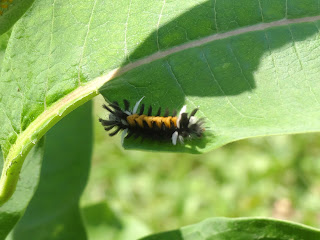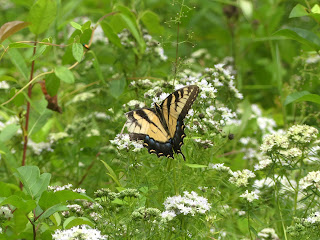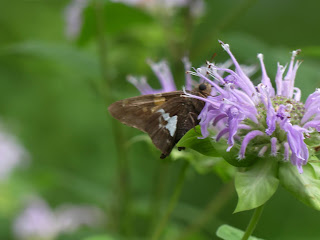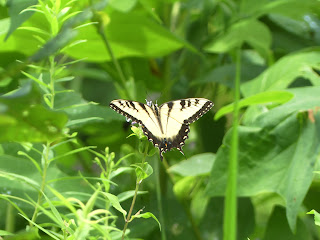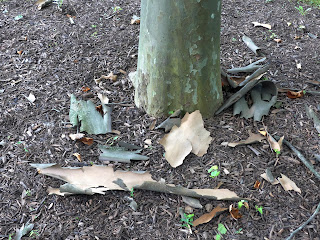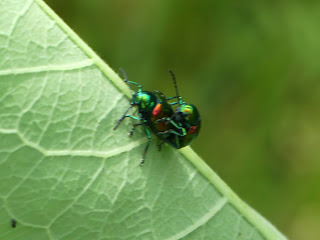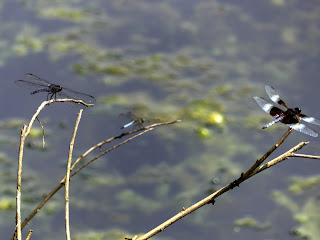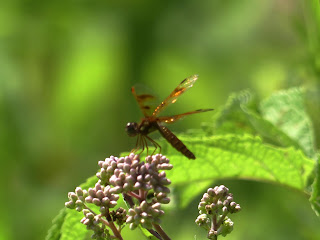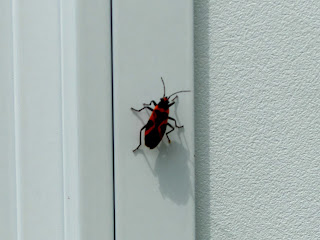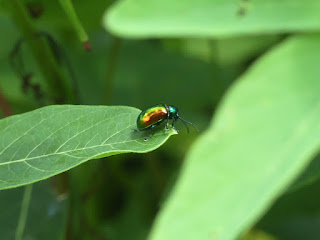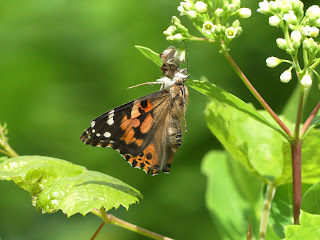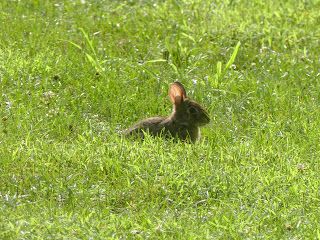Tiger Bee Flies Mating

Tiger Bee Flies are not tigers , nor bees , but are a type of fly . (This is fairly normal species naming nomenclature; if the name consists of multiple things, look at the last name and you're most likely to get a sense of what kind of species you've got.) These guys may look like horseflies on steroids, they're much closer to being human allies than human adversaries: As adults, they are basically pollinators that don't bite humans at all. They might be of benefit to your flower or vegetable garden though. As larvae, they are considered to be the primary parasite of the Carpenter Bees . The females lay eggs in the wood cavities in which Carpenter Bees lay their eggs, and the Tiger Bee Fly larvae will attach to the Carpenter Bee larvae and eventually consume them. (The Carpenter Bees sometimes to minor damage to wooden structures.) It seems appropriate that one of my area's largest bees is parasitized by one of my area's largest flies. Based on pictures I...
